Can it pay to work for free?
We investigate if artists are being exploited for exposure.
It's common these days, to prove yourself through unpaid work. Sometimes this can mean work experience within a company, other times it can be an unpaid commission or two. While this can be great for your design portfolio, it's important to be able to identify such assignments that are opportunities that can lead to employment, earnings and exposure – and when you're simply being taken advantage of.
When it comes to commissions and unpaid work, 2000 AD artist Tom Foster says, "There are three questions you should always ask yourself: who's asking, for how much, and why? The 'who' is important because that tells you how much exposure, if any, you're going to get and of what kind."
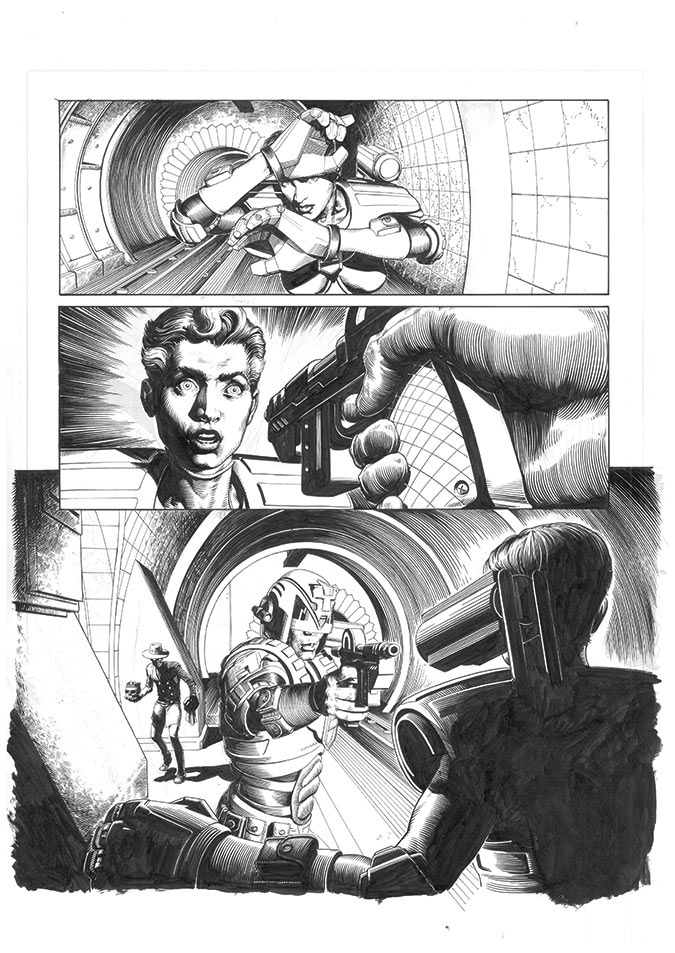
Full-time freelance artist Noah Bradley is highly sceptical of any promised exposure, "Ninety nine per cent of the time, when someone brings up exposure in any offer, they don't really have any exposure to give you." And Foster agrees, saying that if the client is respected and has a large audience, it may be worth your while, but he makes the observation that such companies would rarely ask you to work for free.
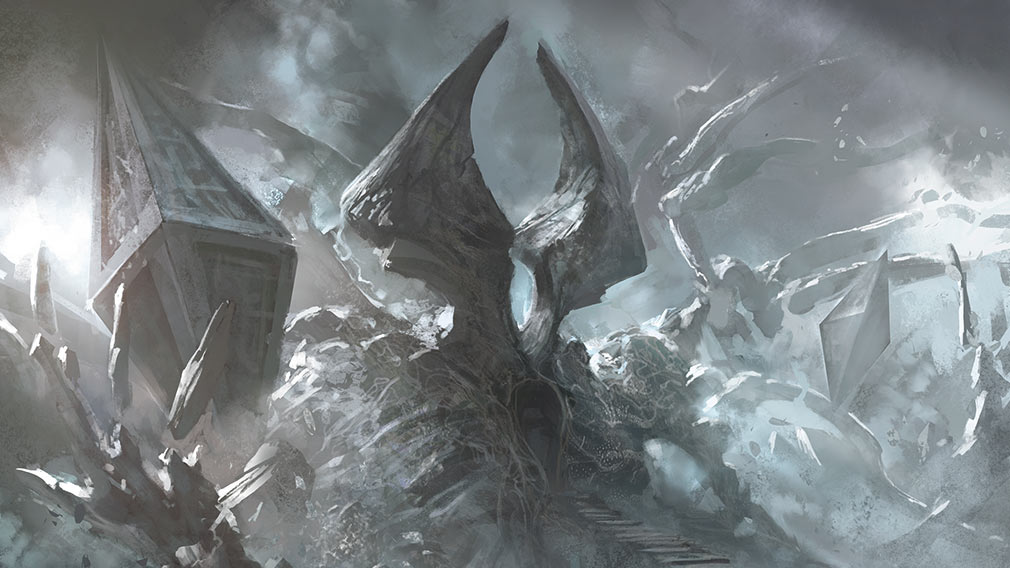
Artist Peter Mohrbacher takes a stronger view, highlighting the disparity of the exposure argument. "When someone else is sharing your work for their own gain, that's when you're providing the most value to them. The highest exposure gigs should typically be the highest paying."
Mohrbacher's opinion is that in-house work experience must benefit you as much as your employer. "Whenever I hire an intern, I always make sure I'm providing more to them than they are providing me," he explains. "That's why being an intern can be so valuable, because it's the one time when you're working for someone where the flow of value is reversed. With my own interns, when they start providing more value to me than '’m giving them, I hire and start paying them."
"Don't do work in exchange for nothing," says freelance illustrator and designer Angela Schmer, who believes that pay doesn't have to mean money, but it has to be something really worth your while. "You must ensure you're getting something of value, whether that's in the form of money or something else."
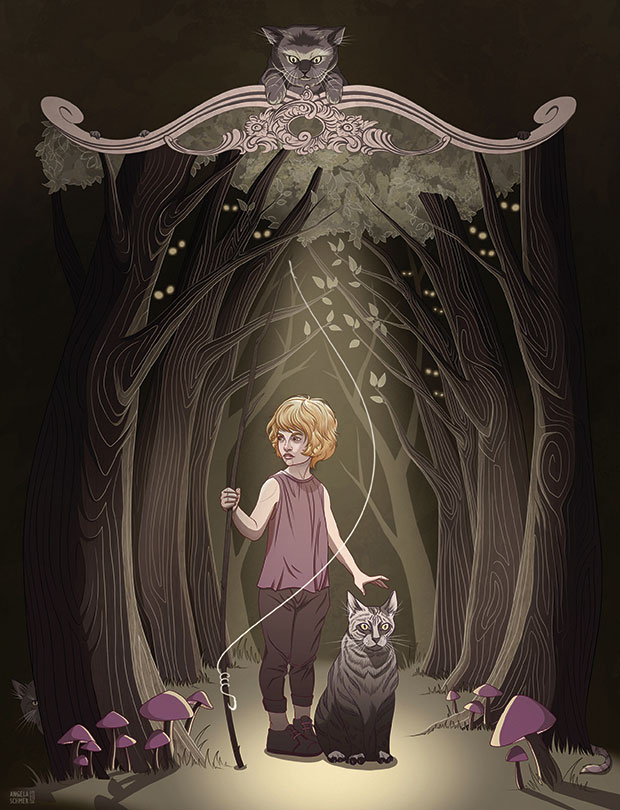
Concern over nominal fees
Yet sometimes even jobs with clearly defined exposure and payment can be exploitative. "The idea that being paid a nominal fee covers the lifetime value of a piece of iconic art feels generally false to me," says Mohrbacher. "It's the right fit for some people's businesses and it's necessary for some jobs, but it's too widely abused within the fantasy art industry."
Bradley feels that sometimes free work can be preferable, and that many companies underpay their artists. In a recent blog by the artist, he figured that many large companies are paying $100 per commission, which would equate to a shocking $3.50/ hour in earnings. He believes that the moment money enters the equation, control is no longer in your hands. Your rights to the work begin to disappear and client demands become the only thing that matters.
What was an opportunity to grow your portfolio instead becomes an exercise in enduring horrible pay
"What was an opportunity to grow your portfolio instead becomes an exercise in enduring horrible pay," he says. Nonetheless, Bradley would never sign over any image rights without an exchange of money, and Kiri Leonard, a freelance illustrator, agrees: "I don’t think it's fair to lose your rights, yet it's common practice. I know some gaming companies have started letting the artists retain some rights – being able to sell prints, etc, and I hope to see more companies adopt that."

It's certainly the template that ImagineFX magazine has worked on since its begining. With all the technologies and resources of the modern world, it's unnecessary to have to carry out new work for free and not maintain the rights to your images. "Exposure is better gained through posting on sites such as Reddit, Tumblr, Twitter and Instagram than by working for people for free," says Mohrbacher.
Another way of achieving this is permitting publications to use existing work rather than having to create exclusive pieces. "You're not really being asked to do anything and you might get a bit of free publicity," says Foster. "It might even increase the value of the original piece (if there is one) to buyers!"
Bradley says free work can be great: "an opportunity to work with others, collaborate, grow your portfolio, and expand your skills." But he maintains it's about mutual interests and it's important to recognise the difference between collaborating with others and doing free work that you should be getting paid for.
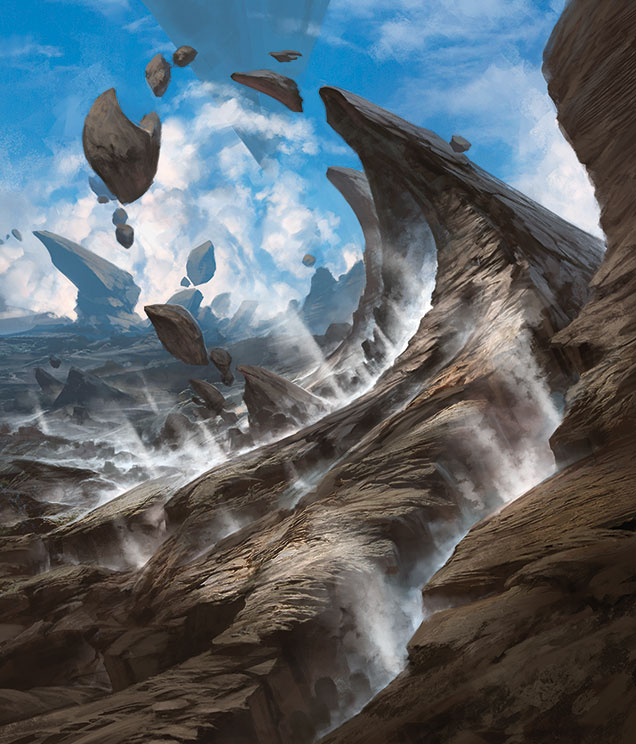
"If it’s evident that the person you're working for is just too cheap to pay you, even though they're going to profit from your work, be careful," warns Bradley. But if you're teaming up with other people who are painting for the love of it, he encourages you to go for it.
Consider collaboration
From a comics viewpoint, collaboration is necessary. Foster says, "If a writer is trying to break into the business, has been working just as hard as you and has good material, then it might be worth a collaboration, but even then I would advise only working on a short story of up to eight pages, unless you're planning on going down the self-publishing route. This should be enough for either of you to demonstrate your core skills to potential publishers.
Ultimately, it's your call, but if you get the impression you're being taken for a ride, you're probably right
"You can't always predict when there's going to be a pay-off when you collaborate, but just because you aren't being written a big cheque, doesn't mean you’re being taken advantage of and the work won't be worth your time and efforts."
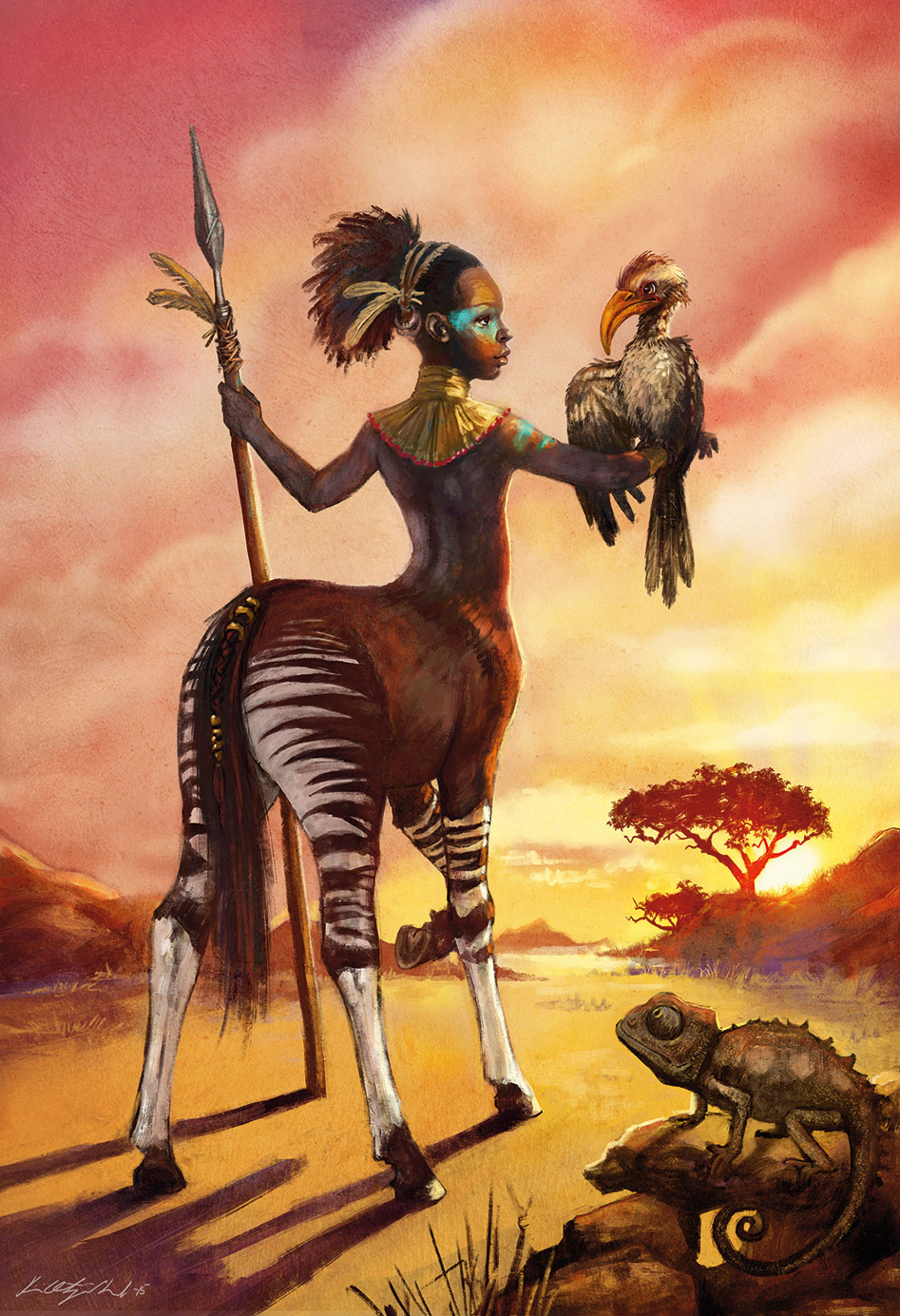
"Sometimes the pay turns out to be reputation, new friends, great contacts, something that leads to a new job and more," says Leonard. She adds that it helps to do a little research on your potential collaborators. Leonard's worked for free and is likely to do it again, "I think it's important to weigh up the options and go with your gut." Foster agrees: "Ultimately, it's your call, but if you get the impression you're being taken for a ride, you're probably right."

Thank you for reading 5 articles this month* Join now for unlimited access
Enjoy your first month for just £1 / $1 / €1
*Read 5 free articles per month without a subscription

Join now for unlimited access
Try first month for just £1 / $1 / €1
Get the Creative Bloq Newsletter
Daily design news, reviews, how-tos and more, as picked by the editors.
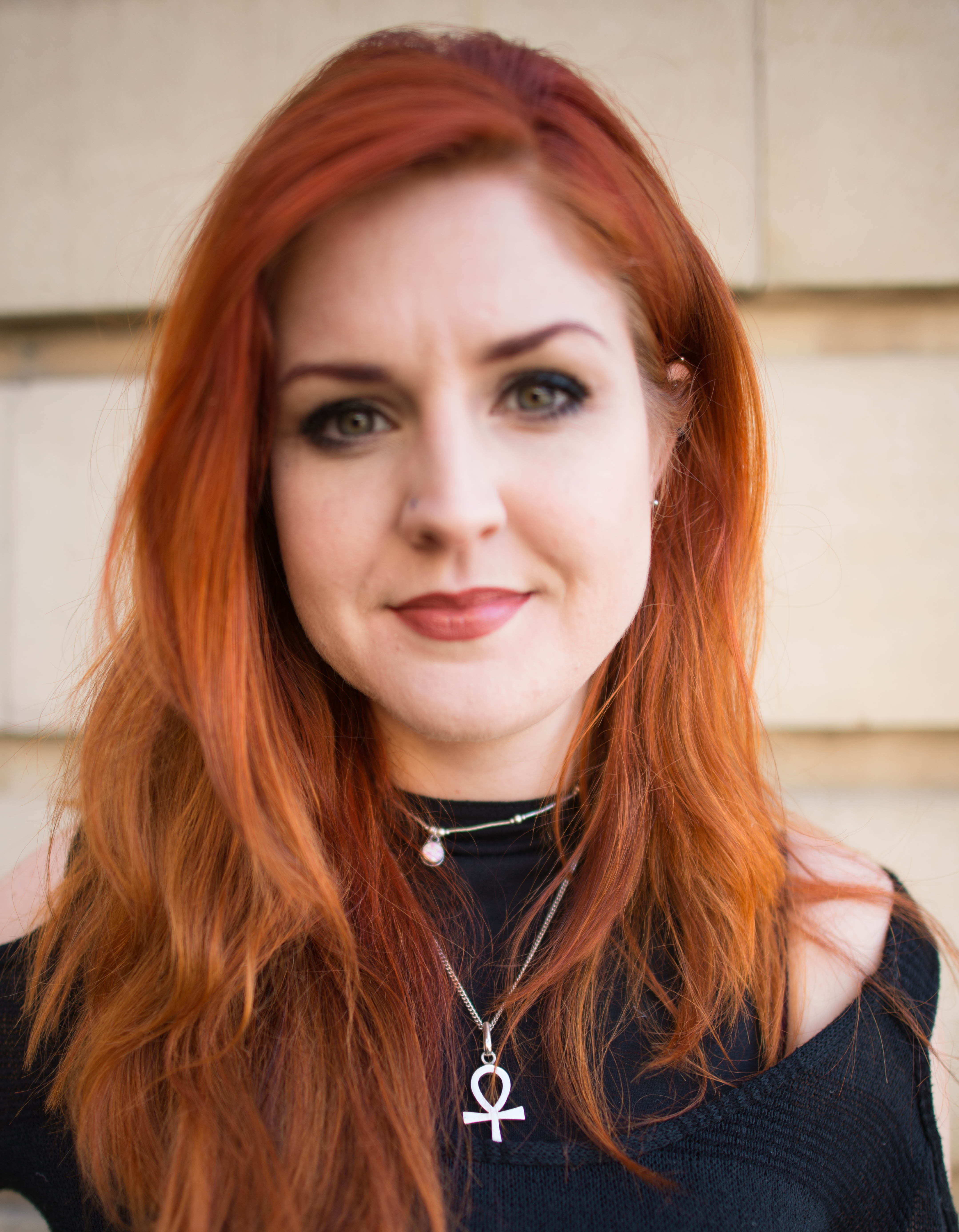
Alice Pattillo is a freelance journalist with a passion for heavy metal, horror, science fiction, fantasy and comics. She has over seven years experience in magazines, formerly working as a staff writer at Creative Bloq, Imagine FX, Computer Arts and 3D World, as production editor for Guitar World and Guitar Player and online editor of Metal Hammer.
